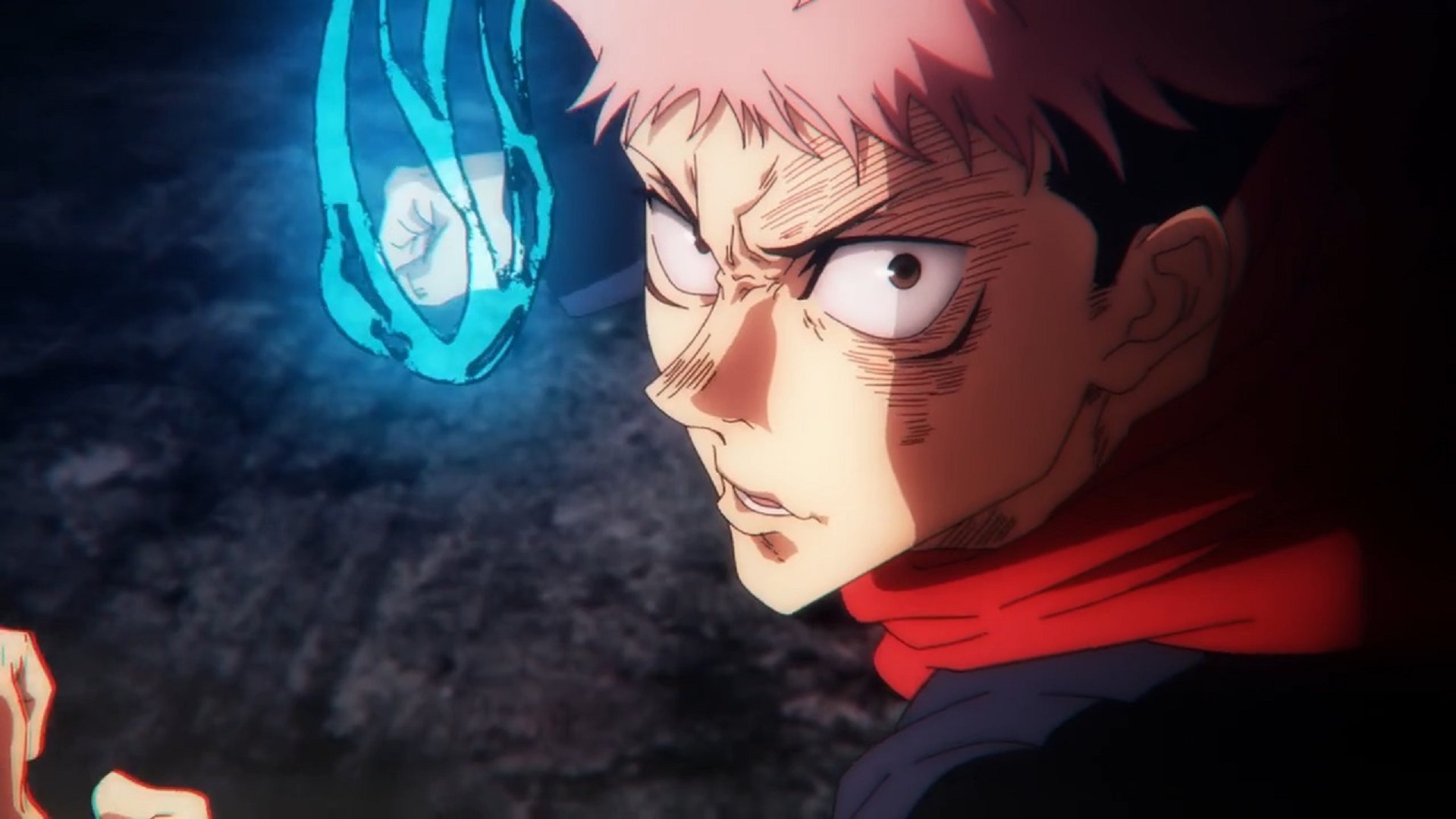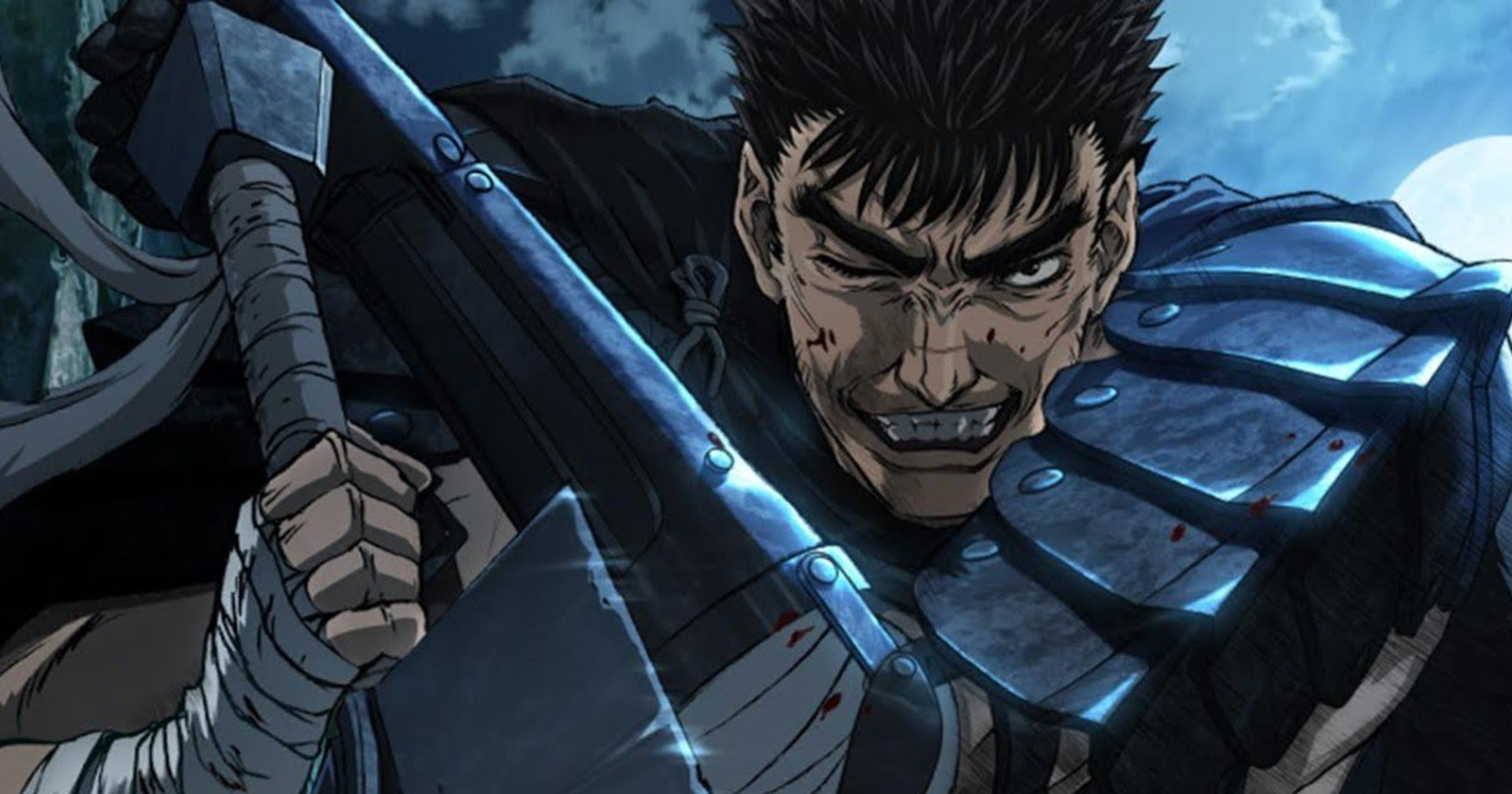Anime adaptations are an essential aspect of a manga franchise’s popularity in both fanbase and earned revenue. However, the development cycle of anime can often be complex because of the different aspects that go into the medium.
Some anime adaptations are well-made and can have production value, like Fullmetal Alchemist Brotherhood. However, other anime are judged poorly, like the controversial Berserk anime. I will be focusing on why anime adaptations are difficult to produce.
What A Great Anime Adaptation Should Be
This section of the article will focus on what makes an anime adaptation great, in my opinion. I think one of the most critical aspects of an anime isn’t necessarily how directly accurate it is but more on improving parts already present in the manga.
For example, Jujutsu Kaisen’s manga has a scratchy art style with a lot of fast-paced action, but it can also be a little hard to read. Thankfully, the anime cleans up the artwork and enhances various scenes of the manga to have become more poignant. For example, one action set piece that’s impressive in Jujutsu Kaisen is Gojo vs. Jogo that you can see below:
Another example is Kaguya-sama: Love Is War which also faithfully adapts the source material while enhancing its aspects. For starters, the anime improves the characters thanks to the stellar sound direction and voice-cast. Voice acting allows the characters to become alive and, together with the fluid animation, create memorable scenes that surpass the manga.
Additionally, the anime’s pacing allows for essential moments in the manga to feel more powerful and gratifying, particularly Ishigami’s tragic backstory, which explained why he is socially awkward and full of anxiety.
What Are Bad Anime Adaptations
Berserk 2016 has awkward animation quality because of its unique approach to mixing 2D and 3D animation. As a result, Berserk 2016 looks ugly and sluggish, distracting audiences from the story. Because of this, the show distracts fans from thoroughly enjoying Berserk to its absolute best.
Another example is Tokyo Ghoul’s anime adaptations which disappointed fans by straying away from the source material. Tokyo Ghoul’s pacing is faster than the manga, and aspects of the shows have cut out scenes crucial to the narrative of its story. What’s more, audiences felt that the characterization of Tokyo Ghoul’s characters wasn’t as compelling as they were in the source material.
Tokyo Ghoul also had its anime-only sequel called Root A, which is controversial because it strayed even further away from the manga. Inherently an anime-only show isn’t harmful, as Fullmetal Alchemist succeeded in having a fanbase due to its writing. However, Tokyo Ghoul Root A sadly develops the characters poorly and lacks story context on certain events.
How The Anime Industry Works
Although an animation career looks fun, it’s tiring on the body due to stress. Animation production can be hectic because animators have to juggle their busy schedules alongside animation work. Animation studios have to go through pre-production, layouts, animation, and much more. Anime also has staff who juggle aspects of production from the episode creation, critical writers, and character designers.
Anime also suffers from inadequate payment for its workers as animators hardly make much despite their crazy work ethic. For example, in-between artists make roughly $2 per drawing, which is barely enough to live. Moreover, animators barely make around $30,000 by the time they’re middle-aged.
Honestly with this context in mind it’s understandable on why some anime adaptations quality fluctuates.
For more detail, you can watch a clip from a Trash Taste podcast where a professional animator explains some of the things:
Why American Filmmaking Fails To Capture Japanese Audiences
Wrapping up, I would like to quickly dive into movie adaptations of anime which seems to be a more complex medium. Dragon Ball is arguably the most notorious example because it strayed so far away from the source material. Almost all of the characters in the manga are different, and decisions in the film pushed away fans.
In an article written by Joseph Kim for Red Summit Productions, several limitations of movie adaptations range from misunderstanding the material to tonal shifts. Adapting an anime or manga based on hundreds of chapters can be difficult, and filmmakers take liberties to resolve this problem. However, unlike a comic book film, anime elements can only be understood within that medium, limiting the potential of a film.
Moreover, film adaptations tend to rewrite the anime’s core elements to ‘fit’ western audiences. Dragon Ball Evolution is an example I’ve mentioned before because of changing aspects of what made the anime special. But Netflix’s Death Note is also polarizing because of its liberal change in the motivation of its characters. 2017’s Ghost In The Shell is also controversial due to its excessive white-washing of characters.
In conclusion, film adaptations of anime fail because of the difficulty of adapting long-running series and liberties of changing the source material.
Sources: Vox, Comicverse, heikinnenshu, epicdope, Red Summit Productions, and Crunchyroll
© David Productions, Millepensee, Mappa and Paramount Pictures



Participate In Discussions